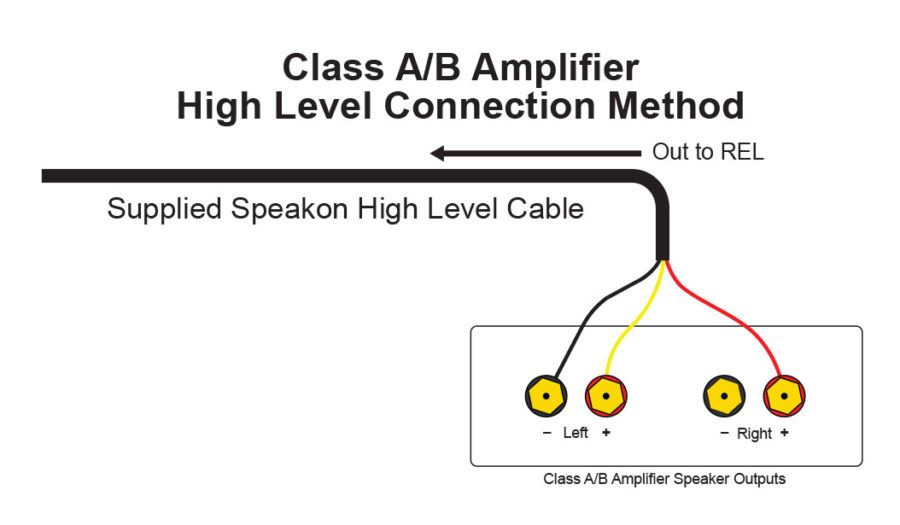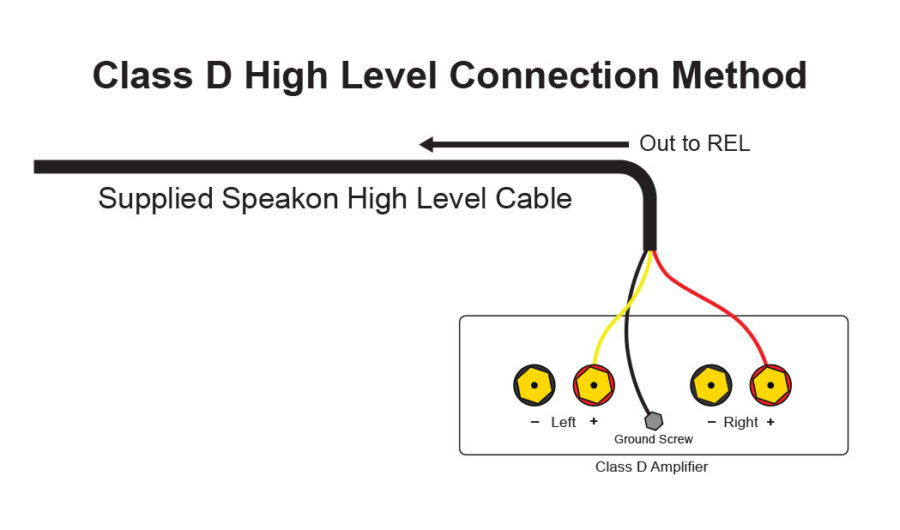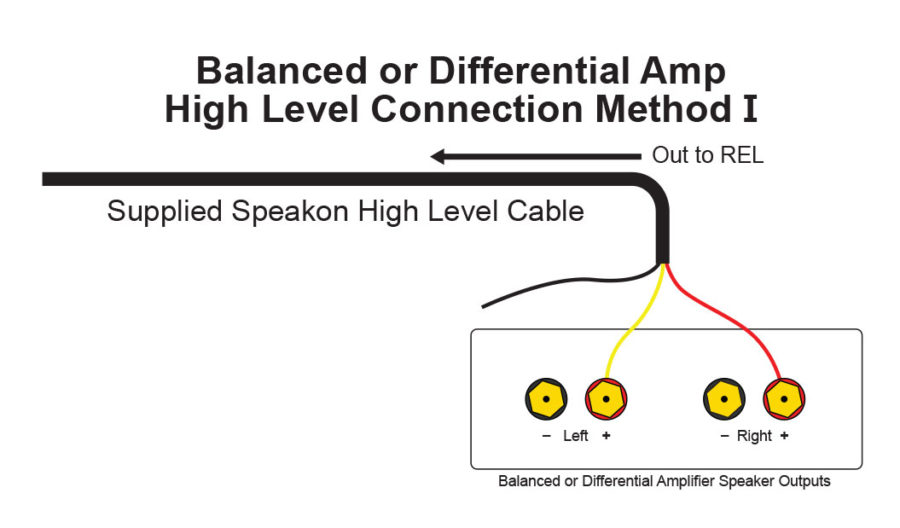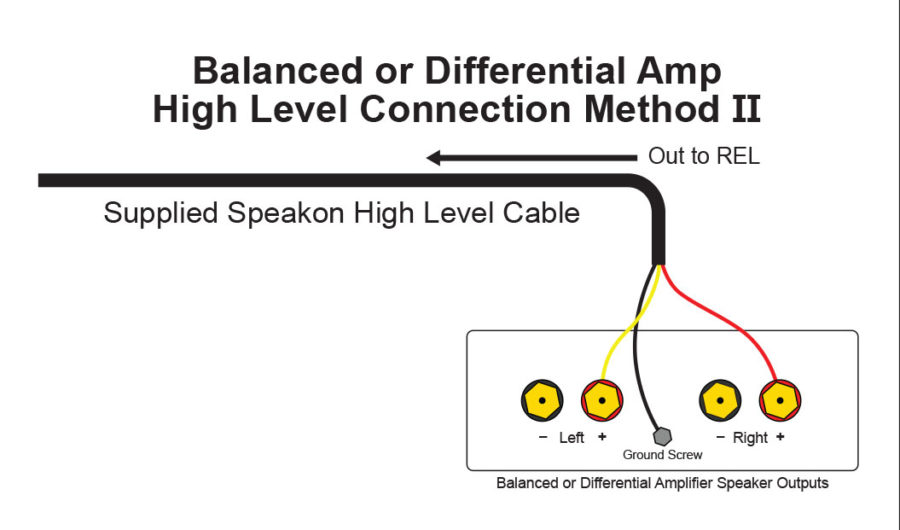Blog
REL Asks “R U Integrated?”
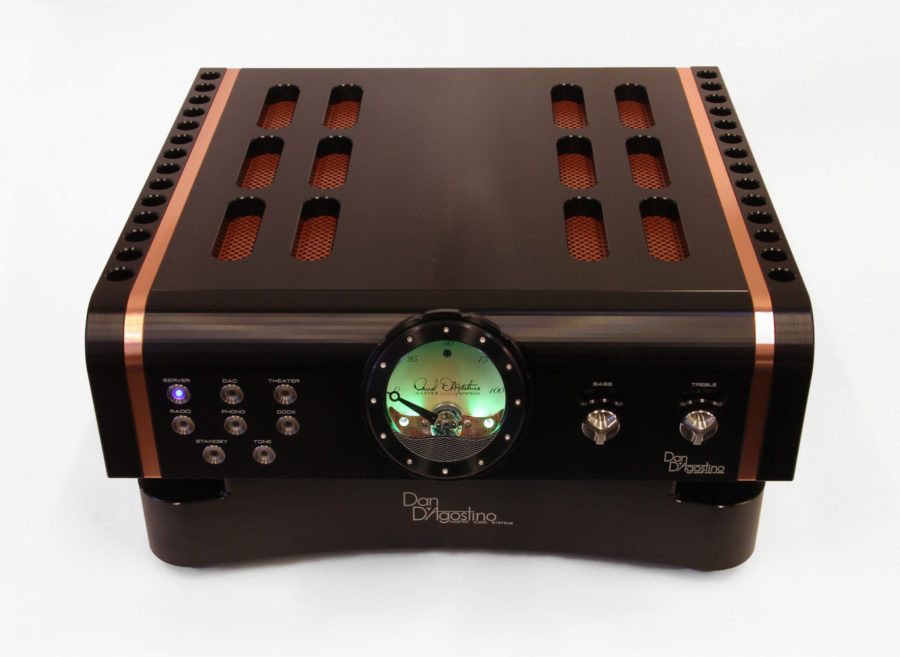
We’re seeing a surge in hook up questions from folks with integrated amplifiers and they’re asking us how to connect a 2-channel integrated amplifier to a REL, since almost none of this style of amplifier supplies subwoofer outputs. No problem, REL’s High Level comes to the rescue.
Let’s start at the beginning, “What’s an integrated amp?” All amplifiers comprise of at least two key components, a preamp and a power amp. As the name suggests the preamp is in front of the power amplifier and its job is to take small musical signals and amplify them to the point that the power amplifier, which produces all the current needed to drive loudspeakers, can take over. The preamp is the figurative brains, the power amp the brawn. When both are placed inside one chassis, they are referred to as “integrated” amps. When each is packaged in its own dedicated chassis, we refer to them as “separates”.
What’s a little different is that we’re seeing this at all price levels of the industry, whereas for years they were seen as what you needed to get by until you could afford your ARC/D’Agostino/McIntosh stack of bad ass separates. Europe has been keen on integrated amps pretty much since the first one was introduced back in the Sixties. Lack of space and a cultural pre-disposition to do more with less drives that. Over here in the US, the trend is being driven at both ends of the age/economic spectrum. Millennials moving up from an iPhone with AirPods as their primary consumption path often, like the Europeans, want the experience but aren’t ready to embrace the bulk and cost of separates (they will be, just give them time and a few bonus checks to get there). But we’re seeing substantial numbers of older, very experienced audiophiles–many of whom have owned multiple generations of separate preamps and huge, monoblock power amps– taking their audio lifestyles back down a notch or two. Sometimes it’s as they retire, and in some cases, it relates to moving into smaller digs.
The performance of integrated amps has come so far in recent years that even the most experienced audiophile would have a hard time not appreciating what designs like the new Musical Fidelity Nu-Vista 800 at $10,000) or T+A’s PA 3100 at $23,500 , or D’Agostino Audio’s Momentum Integrated Amp (if you must ask, it’s a bargain at just $45,000 because it delivers a huge whacking chunk of a full blown Momentum separates stack, for well under half the cost of said separates). Back here on planet Earth, REGA’s Brio has been bringing joy to the great unwashed for years, one of life’s true bargains at just $995 stateside. There are piles of NADs, Cambridge audio, Arcam, Denon, Yamaha, you name it, many of them bargains.
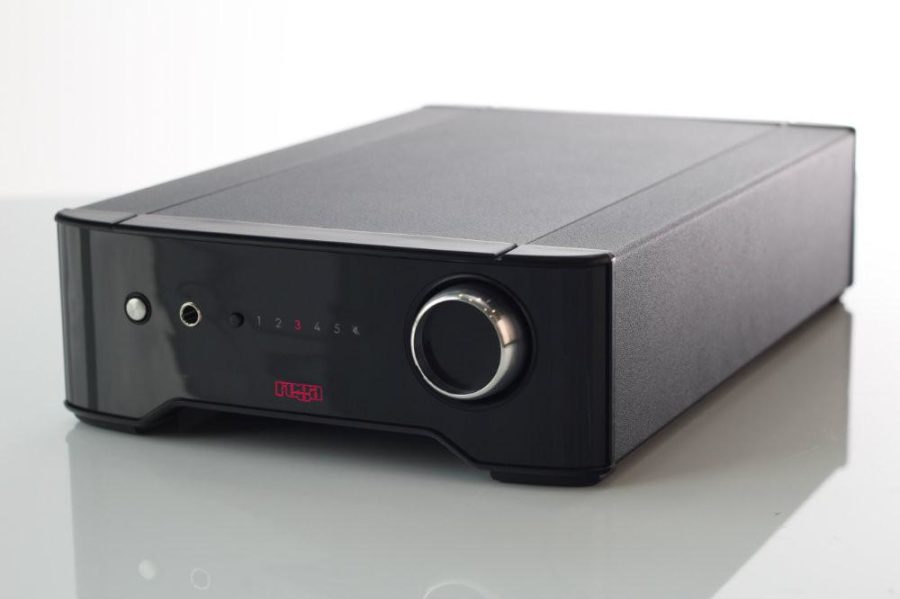
So, how exactly does one connect an integrated amplifier when most of them do not offer a subwoofer port? If you’re using a REL with High Level Input, you use exactly that connection method. What is REL’s High Level and how does it differ from a standard subwoofer LFE connector using RCA’s? First, understand that LFE stands for Low Frequency Effects channel and has no place in making music happen. It’s ONLY for home theatre. Our High Level Connection takes its connections straight off the rear of your amplifier from the same connectors your speakers hook up to.
Wait, I see you ask, doesn’t that mean I’m using up some of my amplifier’s power to drive your subwoofer? The answer is absolutely not. While we connect to your integrated, we consume absolutely zero power from it. Our units all have really substantial and powerful amplifiers inside, usually far more powerful than your integrated. We prefer to connect via your amp’s speaker terminals because that way we get to build forward into our sound, the exact same sound you’ll be hearing from your speakers. And like great cooking, when you get all the ingredients pulling in the same direction magical flavors arise. The technical reason we can pull no power from your amp is because our input impedance is very, very high; so high that your amp doesn’t even see it as even a minor drag on its own output. No magic, just seriously good design.
We’ll share a connection diagram at the end of this so you can study it and get comfortable. But, it’s super simple, just three tiny wires that can be either wrapped bare wire around a binding post (we even partially strip the wire for you, or easily use it with your favorite connector like bananas or spade lugs.
But here’s the truly coolest thing about REL High Level. It will utterly transform your music system in ways that you can’t even comprehend until you hear it for yourself. RELs possess a unique ability to meld seamlessly with your speakers. Instead of hearing a SUB-woofer, with speakers, you will hear music. Music that has rich, solid bass deeper than you may ever have heard from your system, but it will arise from a properly setup pair of speakers as though there is no subwoofer present at all, just a soundstage with real musicians playing in three-dimensional space. A huge space, with substance and definition and real musicians playing oh-so-well. That is the magic of REL’s High Level Connection system, and it is a system that is complex and brilliant but so easy to use.
If your system doubles as your home theatre in what is a basic 2.1 configuration (just two speakers and one subwoofer like your music system) and you turn on the latest from Netflix or Amazon Prime, prepare to be utterly and completely taken by surprise; dialogue takes on depth and resonance, every sonic cue arrives from solid space, the whole experience is a revelation.
So, go ahead and buy that integrated amp you were worried about, certain that you will be able to connect in the very best of all possible methods by using REL’s legendary High Level Input. It requires no special connections other than the one cable we supply with every model we make (everything we make except our HT models that are designed to be incredible pure .1/LFE channel suppliers). Integrated amps and REL subwoofers truly are a match made in musical heaven.
Click here to watch our How to Connect Video Series, or see how to connect a REL high level to common amplifier types below.
